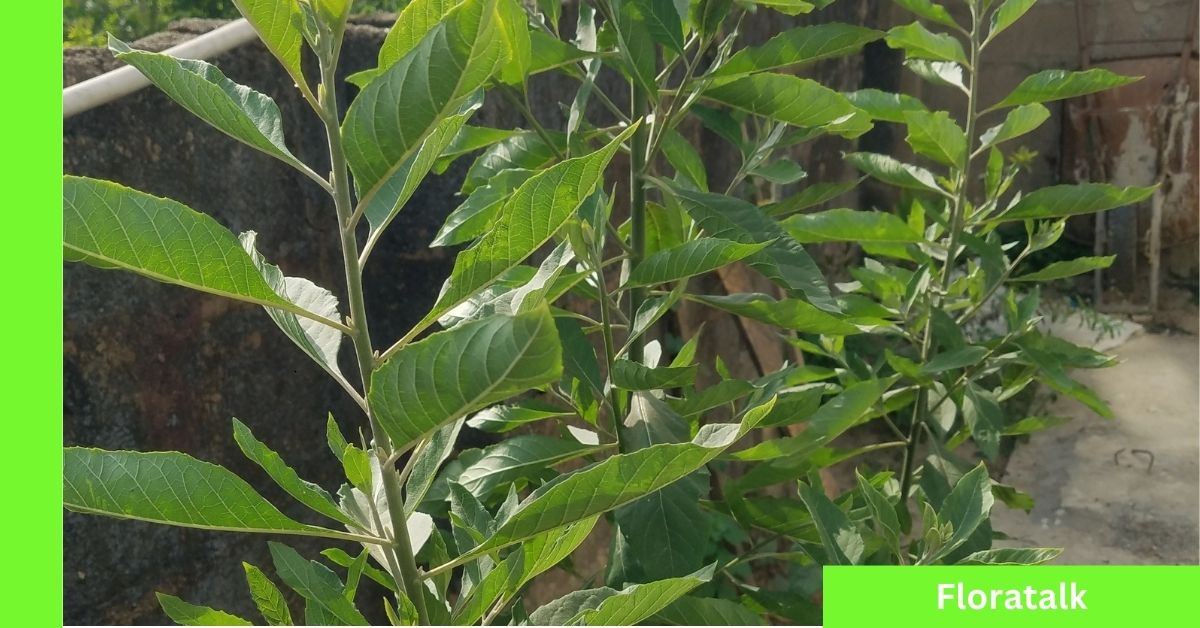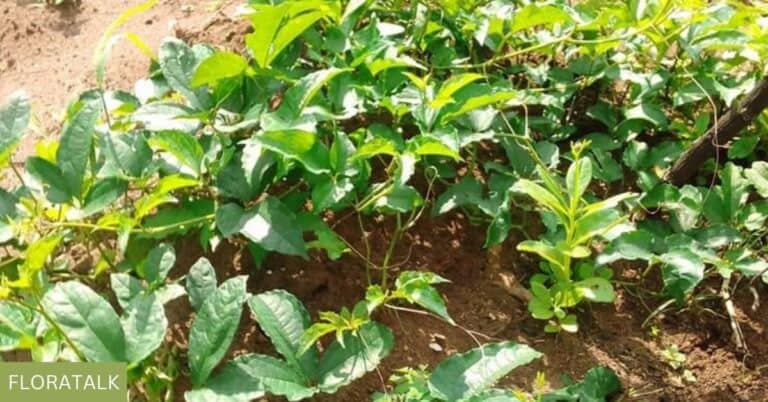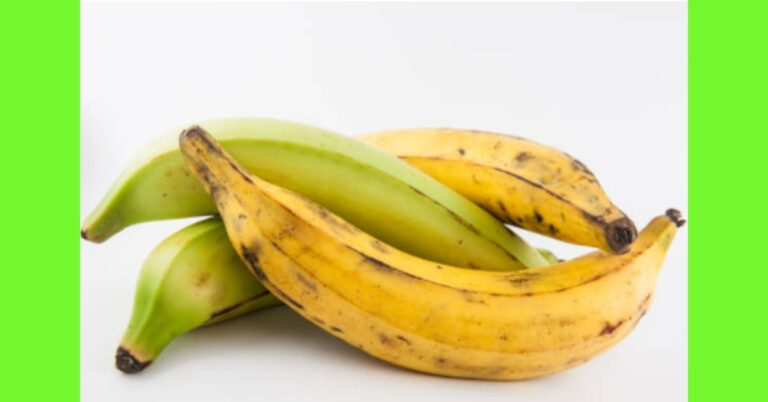Bitter Leaf: Simple Facts, Uses You Want To Know

Bitter leaf (Vernonia amygdalina) is a shrub that belongs to the daisy family.
The plant is predominantly found in several countries in Africa.
it’s grown for food and has cultural and medicinal value in many African communities.
Description
The leaves are dark green in colour,
The taste of the leaf is bitter, thus the name bitter leaf.
The leaves are elliptical in shape, and their edges may be somewhat wrinkled or serrated.
Because of their generally soft and smooth texture, the leaves can be cooked in a variety of ways.
The characteristic herbal scent of bitter leaf intensifies when the leaves are boiled or crushed.
The leaves’ bitterness considerably lessens by boiling or by soaking the leaves in several changes of water.
The plant is a resilient plant that can grow in a variety of conditions,
It’s grown from seeds or stem cuttings and is frequently grown in home gardens.
See how to grow bitter leaves at home.
Bitter Leaf in Nigeria
In Nigeria bitter leaf is called
“Onugbu” in Igbo,
“Ewuro” in Yoruba,
“Chusar doki” in Hausa,
“Oriwo” in Edo,
“Ityuna” in Tiv,
“Etidot” in Cross River State of Nigeria.
It’s among the most common vegetables used for cooking across all ethnicity in the country.
Other vegetables are ugu (fluted pumpkin), scent leaf, water leaf, okra, amaranth (green).
There are various varieties of the plant in the country,
And almost every region in the country supports the cultivation of this food crop.
In Nigerian cooking, bitter leaf is frequently used to make soups, stews, and sauces.
Nutritional Information
100 g of bitter leaf
| Protein (%) | 19.23 – 45.1 |
| Moisture (%) | 7.92 – 91.4 |
| Total lipids (%) | 4.70 |
| Fat (%) | 0.4 |
| Ash (%) | 7.72 – 15.2 |
| Total carbohydrate (g) | 68.35 |
| Crude fiber (%) | 1.5 – 9.75 |
| Dietary fiber | 25.47 |
| Energy | 392.67 |
| Minerals | |
| Magnesium | 88.1 – 261.93 |
| Sodium (mg) | 8.5 -136.36 |
| Calcium (mg) | 67 – 278 |
| Phosphorus (μg∙g−1) | 61.6 – 67 |
| Potassium (mg) | 21.1- 60.9 |
| Zinc (mg) | 8.05 – 51.08 |
| Manganese (mg) | 5.56 |
| Iron (mg) | 5.0 -14.2 |
| Copper (mg) | 6.01-10.2 |
| Iodine (μg) | 35.82 |
| Vitamins | |
| Ascorbic acid (mg) | 20.4 – 228.4 |
| Thiamine (mg) | 100 – 170 |
| Riboflavin (mg) | 3.10 |
| Nicotinamide (mg) | 0.41-1.65 |
| Pyridoxine (mg) | 2.6 |
| Vitamin A (IU) | 30.90 – 34.6 |
| Carotenoids (mg) | 30.0 |
| Vitamin E (IU) | 37.3 |
Source: Research gate
USES
For food
This leaf is used as vegetable in food such as soup or stew, in Nigeria its used in making bitter leaf soup (Ofe Onugbu),
It can substitute other vegetables when cooking egusi, ogbono soup.
It’s also cooked with other vegetables to make vegetable soup.
The leaves can be eaten raw.
For medicine
The plant is used for medicine traditionally and by the pharmaceutical industry.
For animals
It’s added to animal feed for medicinal purposes, animals such as poultry, livestock, horse etc.








